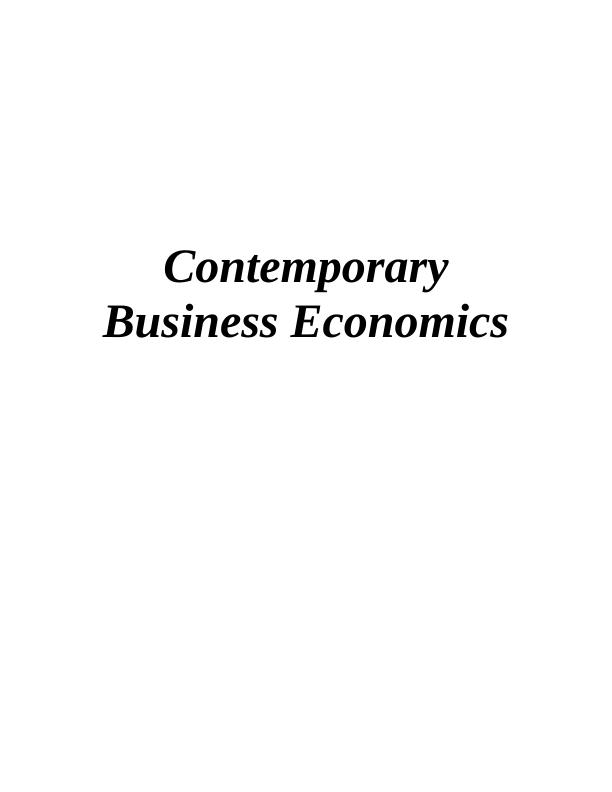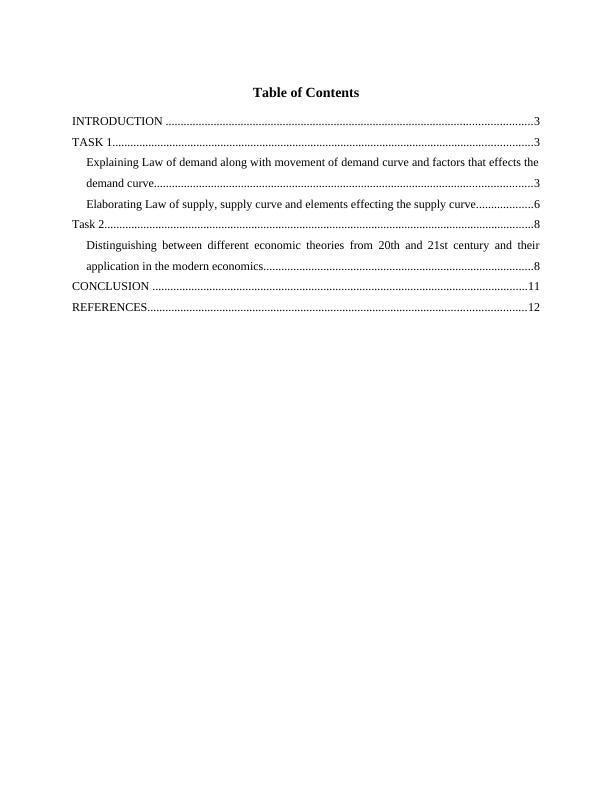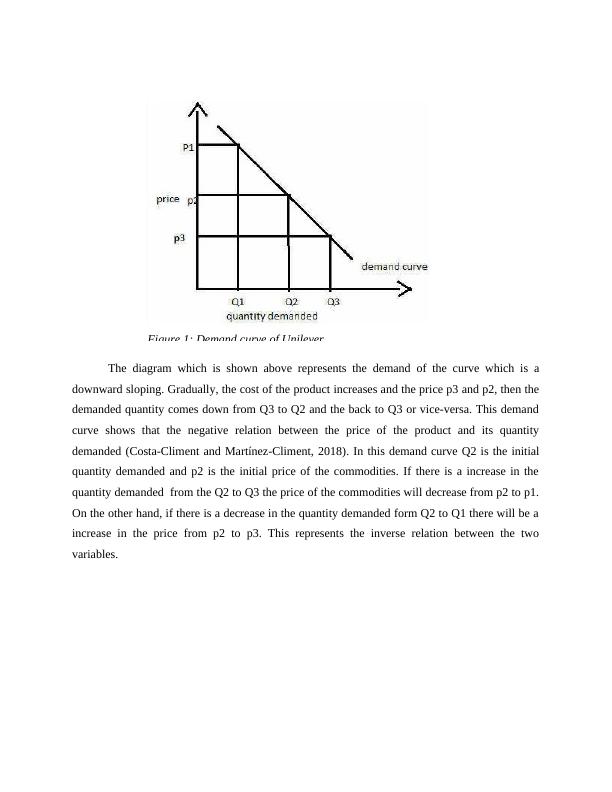Contemporary Economic Analysis of Unilever: Law of Demand and Supply Curve
Added on 2023-06-09
12 Pages3468 Words351 Views
End of preview
Want to access all the pages? Upload your documents or become a member.
Contemporary Economic Analysis: Law of Demand, Supply and Economic Theories
|11
|3020
|65
Demand and Supply in Contemporary Business Economics
|12
|2790
|158
Contemporary Business Economics: Law of Demand and Supply, Theories and Models in 21st Century
|12
|2919
|187
Contemporary Business Economics: Law of Demand and Supply, Theories and Models in 21st Century
|13
|3242
|64
Contemporary Economic Analysis
|15
|3065
|64
Contemporary Business Economics: Demand and Supply Analysis
|11
|3045
|90




